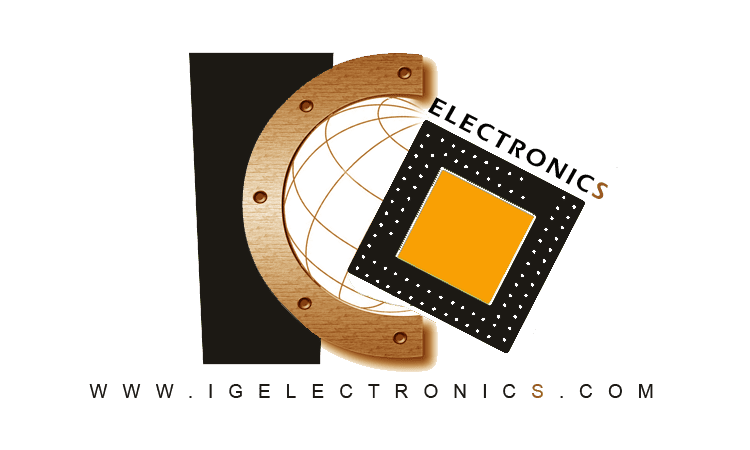
IC 74595, 74HC595N, Shift Register, 8-Bit Serial to Serial/Parallel
Non-returnable
2.000BD
IC 74595, 74HC595N, shift register, 8-bit serial to serial/parallel is designed to provide a reliable and efficient data transfer solution for your needs. With a high-quality IC and a durable design, this component is perfect for use in various applications, including electronics and DIY projects. Made with high-quality materials, this component is resistant to heat, cold, and chemicals, making it ideal for use in harsh environments.
Choose Quantity
Product Details
Electronic Components
Usage scenarios:
Features:
• High-quality IC
• Durable design
• Shift register type
• 8-bit serial to serial/parallel
• 74595 type
Usage scenarios:
• Transferring data
• Creating DIY projects
• Providing a data transfer platform
• Implementing sequential logic
